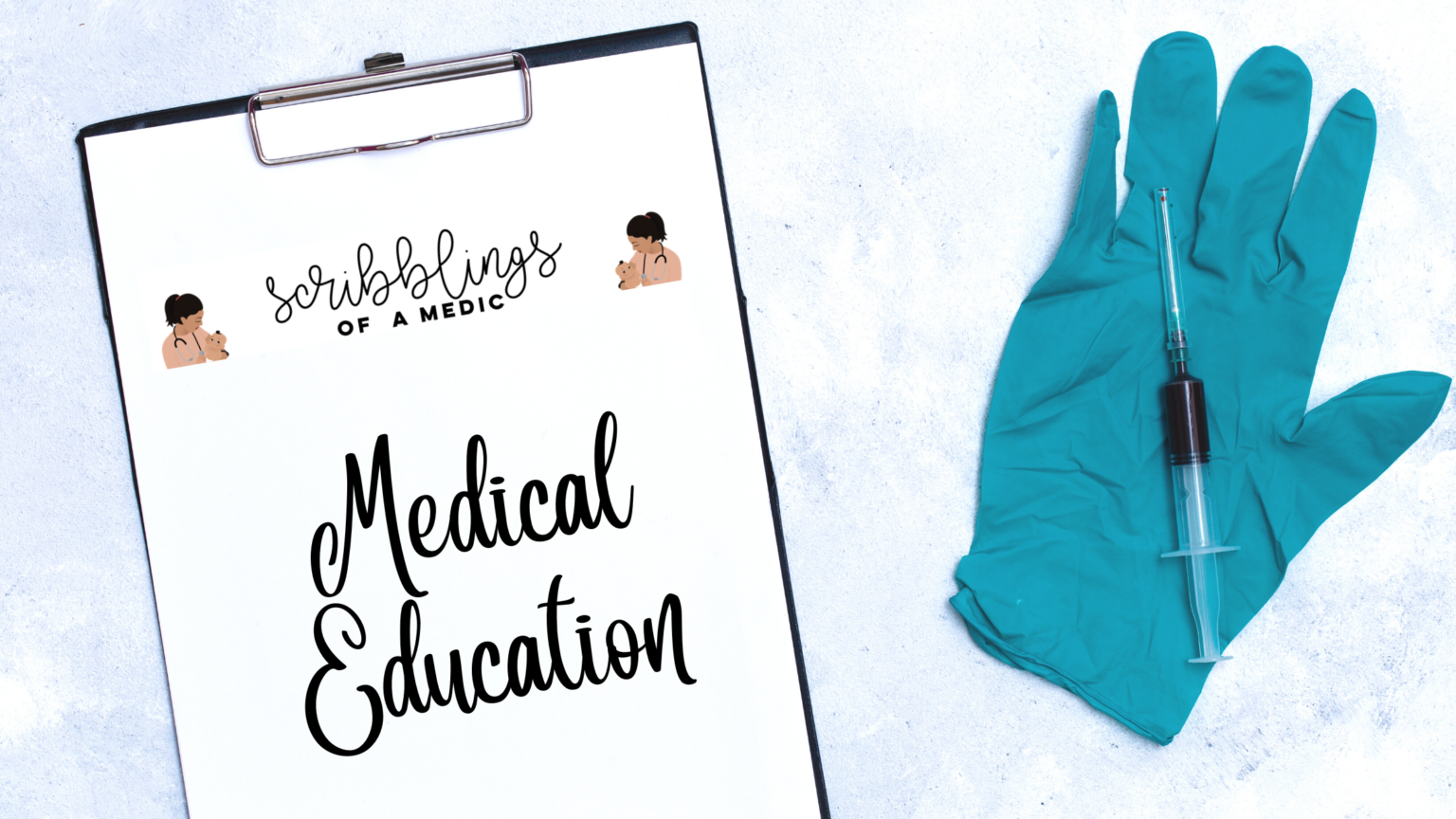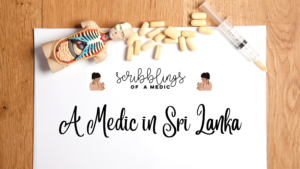
Dr. Jaya Roy Choudhury
Taking it all the way back to basics – lumps and bumps are the bread and butter of any doctor working in general surgery. It is a very common presentation especially in clinics and every junior doctor should know how to differentiate between the different kinds of lumps. Dr. Jaya Roy Choudhury is currently a medical officer in General Surgery in the United Kingdom, but did her clinical surgical training in Vascular & General Surgery in Singapore. She has always had a special interest in surgery since medical school and hopes to continue training in surgery to one day become a consultant surgeon.

She recognises the challenges of surgical training (many blood, sweat and tears have gone into it), but is determined to push through! Read on below for a quick concise description on common lumps in the surgical setting.
On a more personal note, Jaya has been my regular source of entertainment throughout medical schools. She is a pocket size power house who is fearless, determined and full of attitude – a package I have truly admired! I do miss her inappropriate innuendos and constant stories, but thank god whatsapp exists for quick conversations!
The background story
The surgical field can be scary and intense, but before one can start doing the more complex surgeries, junior doctors must be able to do the basics. Life cannot get more basic than (skin) lumps and bumps which range from abscesses to malignant tumours. I have come across a variety of lumps during my training in Singapore and even had the opportunity to follow through cases that I personally saw in clinic and take out the lumps myself. The most important factor however is to correctly identify the lump as different lumps have different management plans.
The commonest lumps you will come across include sebaceous cysts, lipomas, abscesses and ganglions. Lipomas make up around 50% of soft tissue neoplasms and generally they have no malignant potential. However, liposarcoma is a malignant differential which can spread fast, so be suspicious if the lump has grown at an exponential speed.
A systematic approach to lumps and bumps
The standard history and examination is the blanket starting point for any case followed by investigation and management.
I personally like to use the following questions specifically during history taking and tailor my differential diagnosis according to the patient’s response:
- Site
- Duration
- Pain/itchiness
- Symptoms of infection – discharge
- Previous lumps or any other lumps
- Family history of lumps (important in Gardner syndrome – hint ask about history of cancers in the family)
Examining a lump:
- Site – exact location
- Size – use a measuring tape
- Shape – if it can be described – round/irregular
- Colour
- Consistency – firm? soft?
- Contour – edges well defined? irregular?
- Tenderness
- Temperature
- Tethering
- Translumination – use a torch
- Mobility
- Pulsatility – thinking of an aneurysm
- Visibility of a punctum- to identify sebaceous cysts
If suspecting a tumour, you must check for lymph nodes also.
Investigations
- Abscess + sick patient (obviously think about sepsis and continue with a septic screen – Full blood count, CRP and blood cultures)
- Sebaceous cyst/lipomas: if unsure of whether tethered to underlying muscle, the depth or the size, it is always good to do imaging before surgery: ultrasound or MRI are the two most common modalities used.
- Ganglions – normally found around the joints and have a high chance of recurrence so are not commonly excised
- Don’t forget that hernias (inguinal/femoral, e.t.c) also can present as lumps and neck lumps have a long list of differentials which is too extensive for this article
- Rest of the investigations would be in preparation for surgery if patient opts for removal.
Management
Take it out!
Important pointers
As a junior surgeon, I have had times when I am completely unsure of what is expected of me in the operating theatre. This is completely normal! I was lucky enough however to have been blessed with great mentors/seniors who have been there to guide me.
1. Preparation before surgery is key! If you are the one seeing the patient in clinic (which is not uncommon), make sure you are aware of – allergies/past medical history (diabetes is an important one to look out for- as this effects wound healing and it is important to have good glycaemic control pre-procedure).
2. It is important to know how many lumps are going to be taken out and the size – this is as it will effect the type of anaesthesia given to the patient:
- Local anaesthesia – the safe dose recommendations are 3mg/kg if using plain lignocaine and 7mg/kg if using lignocaine + adrenaline (don’t use on extremities)
- If the lump is too big or is too deep or attached to underlying structures, then the patient might need general anaesthesia.
3. Always a good idea to go see the patient before they step into the operating theatre and mark the site yourself if you’re the one taking it out!
4. Plan your incision – are you going to make a linear incision/elliptical etc. Langerhans dermatological lines are imperative to make incision along these lines for better wound healing and minimising scars (better cosmetic appearance).
5. Chose dressings wisely – this is a whole different topic, but remember that betadine is an irritant when it comes into contact with the superficial layers of the skin (so only apply it deep inside the wound once closing up and do not regularly clean wounds with betadine). Make sure they have appointments for change of dressing.
6. Pain killers +/- antibiotics – remember that use the WHO pain ladder starting with simple analgesics such as NSAIDS. Use appropriate antibiotics for a small duration of time.
7. Last but least follow them up in clinic if clinically indicated.





